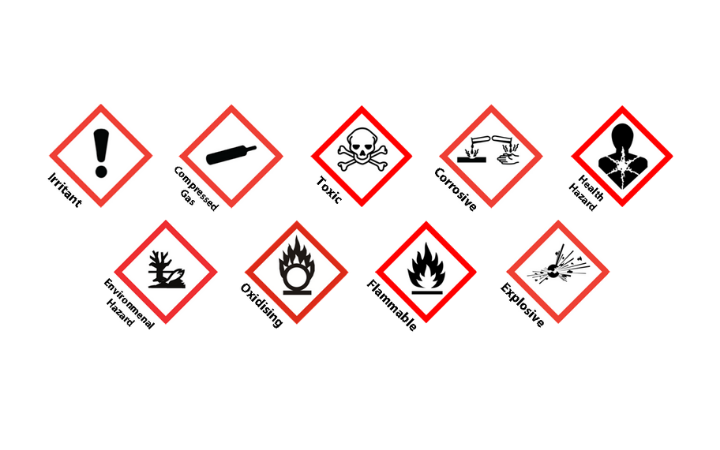- Conductor: The part of the wire, which is under the influence of the magnetic field and responsible for the induced emf is called the active length of the conductor. The conductors are placed in the armature slots.
- Turn: A conductor in one slot, when connected to a conductor in another slot forms a turn. So Two conductors constitute a turn.
- Coil: As there is the number of turns, for simplicity the number of turns are grouped together to form a coil. Such a coil is called a multi-turn coil. A coil may consist of a single turn called a single turn coil.
- Coil Side: Coil consists of many turns. Part of the coil in each slot is called coil side of a coil.
- Pole pitch: It is centre to centre distance between the two adjacent poles. We have seen that for one rotation of the conductors, 2 poles are responsible for 360o. electrical of emf, 4 poles are responsible for 720o. electrical of emf and so on. So 1 pole is responsible for 180o. electrical is also called one pole pitch. Practically how many slots are under one pole which is responsible for 180o.electrical, are measured to specify the pole pitch.
e.g. consider 2 poles, 18 slots armature of an alternator. Then under 1 pole, there are 18/2 i.e. 9 slots. so pole pitch is 9 slots or 180 degrees electrical. This means 9 slots are responsible to produce a phase difference of 180 degrees between the EMFs induced in different conductors.
This number is slots/pole is denoted as 'n'
Pole pitch = 180 degree electrical
= slots per pole (number of slots/P)=n
6. Slot Angle (β): The phase difference contributed by one slot in degrees electrical is called slot angle β.
As slots per pole contribute 180-degree electrical which is denoted as 'n', we can write,
So, 1 Slot angle= 180 degree/n
means
β=180 degree/n
In the above example,
n= 18/2 =9, while β=180 degree/n = 20 degree
Note:- This means that if we consider an induced emf in the conductors which are placed in the slots which are adjacent to each other, there will exist a phase difference of β degree in between them. While if emf induced in the conductors which are placed in slots which are 'n' slots distance away, there will exist a phase difference of 180 degrees in between them.















